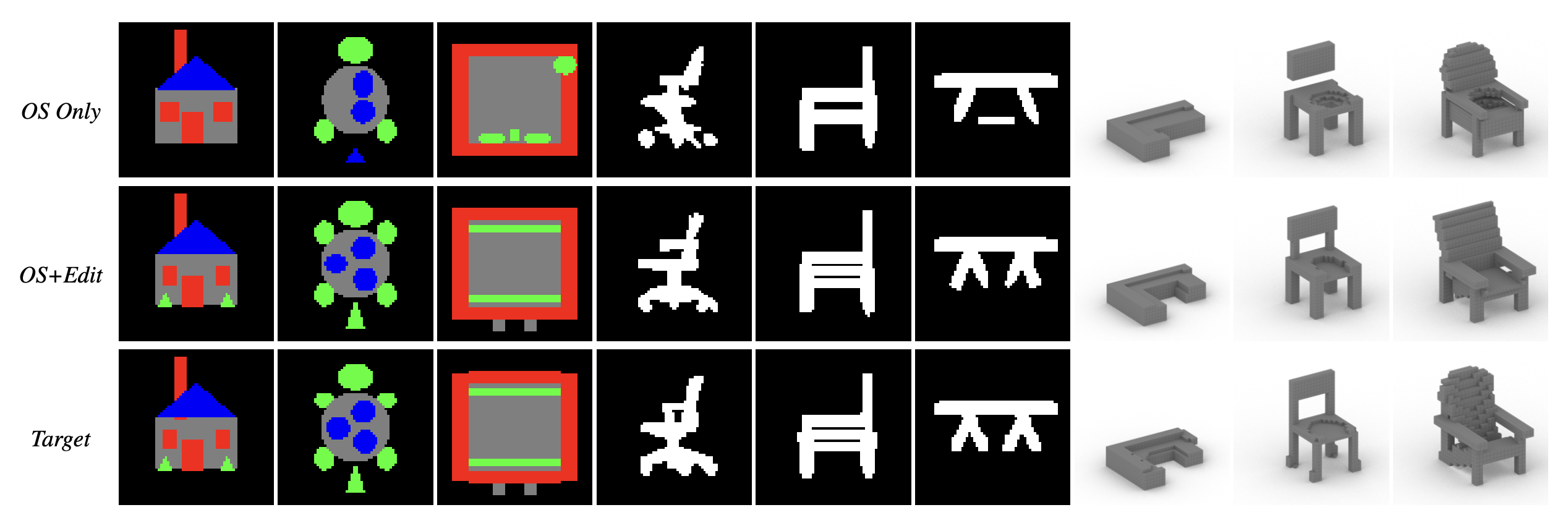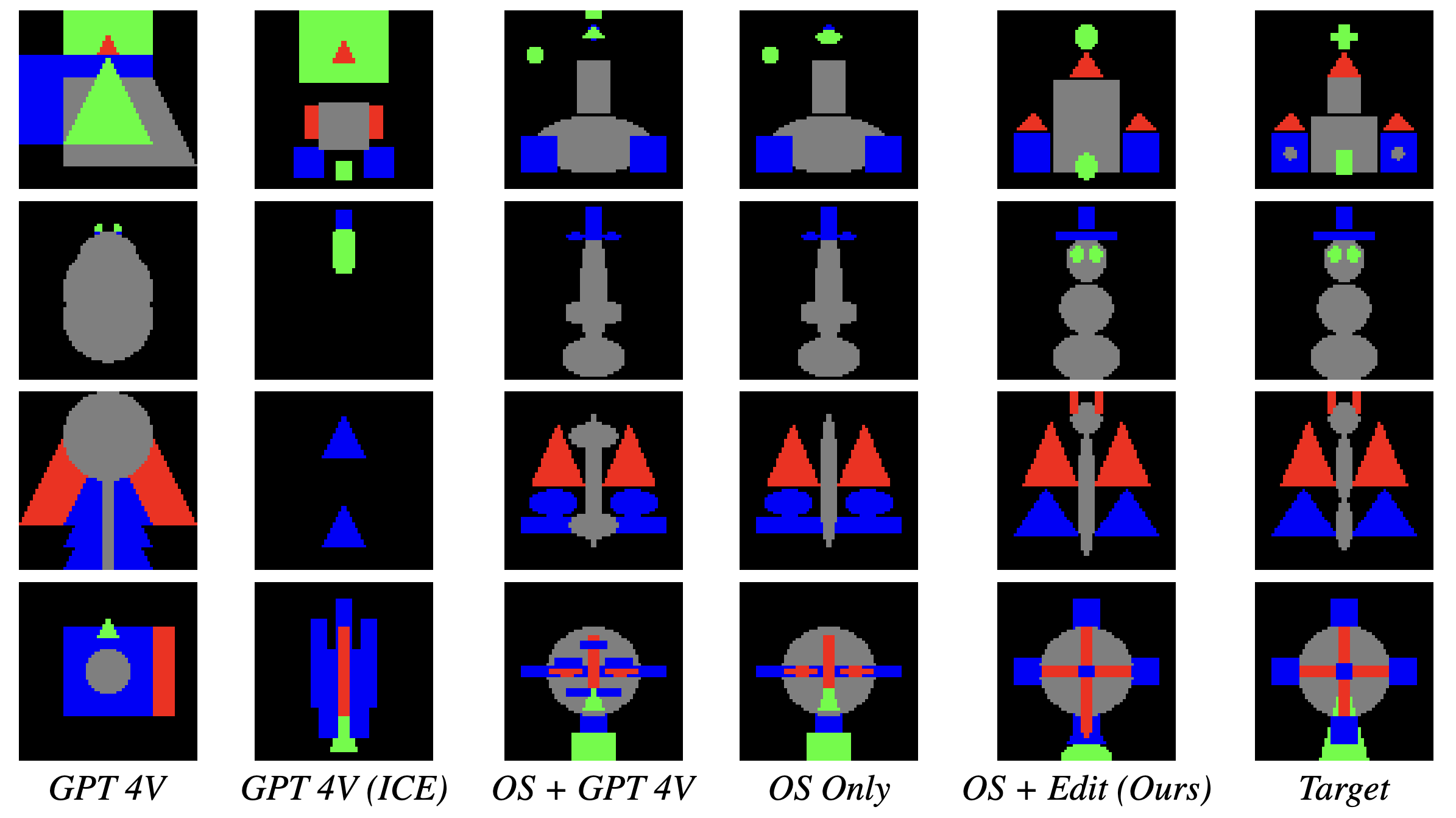
| R. Kenny Jones1 Renhao Zhang2 Aditya Ganeshan1 Daniel Ritchie1 |
| 1Brown University 2UMass Amherst |


@inproceedings{jones2024VPIEdit,
title= {Learning to Edit Visual Programs with Self-Supervision},
author= {Jones, R. Kenny and Zhang, Renhao and Ganeshan, Aditya and Ritchie, Daniel},
booktitle = {Advances in Neural Information Processing Systems},
year= {2024}
}








